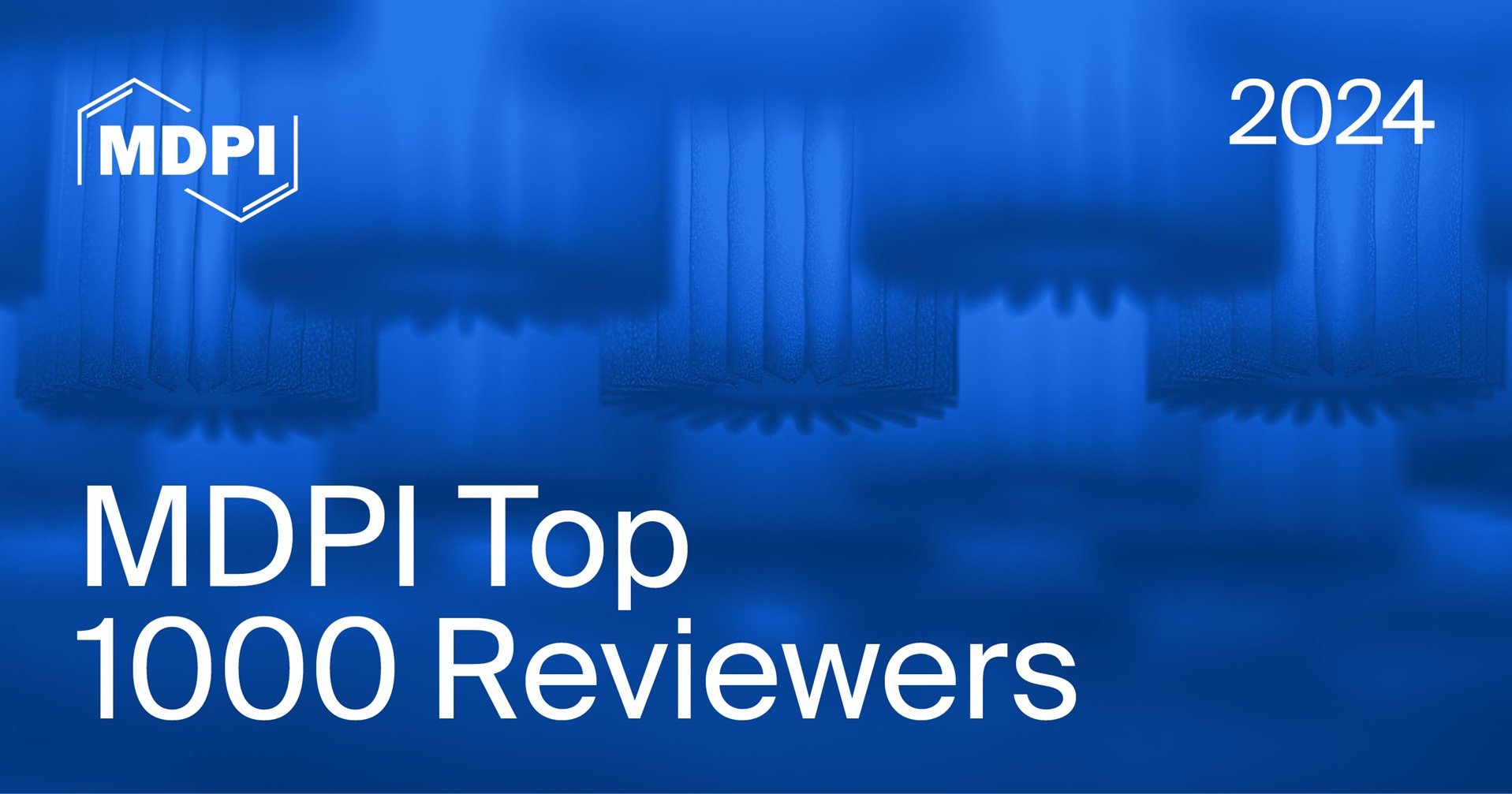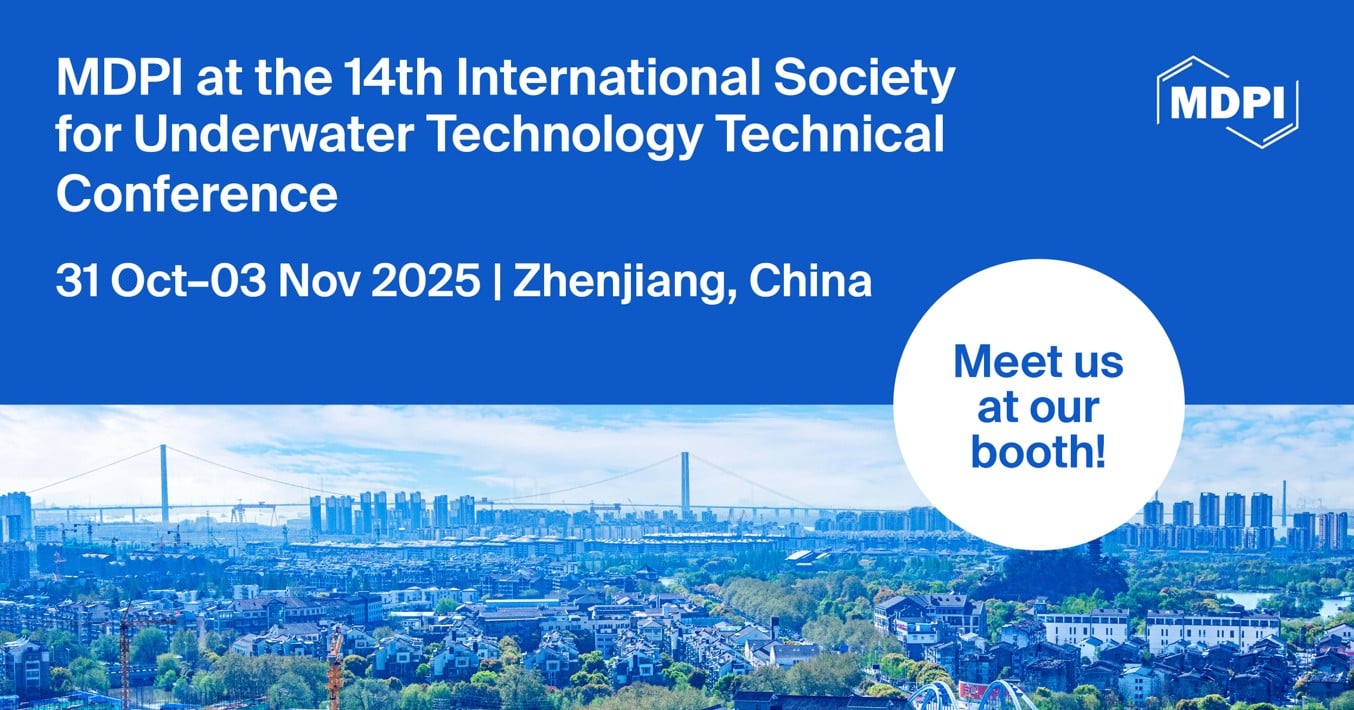-
 Determining the Minimum Detection Limit of Methane Hydrate Using Associated Alpha Particle Technique
Determining the Minimum Detection Limit of Methane Hydrate Using Associated Alpha Particle Technique -
 Novel Hybrid Aquatic–Aerial Vehicle to Survey in High Sea States: Initial Flow Dynamics on Dive and Breach
Novel Hybrid Aquatic–Aerial Vehicle to Survey in High Sea States: Initial Flow Dynamics on Dive and Breach -
 Use of Machine-Learning Techniques to Estimate Long-Term Wave Power at a Target Site Where Short-Term Data Are Available
Use of Machine-Learning Techniques to Estimate Long-Term Wave Power at a Target Site Where Short-Term Data Are Available -
 Strategizing Artificial Intelligence Transformation in Smart Ports: Lessons from Busan’s Resilient AI Governance Model
Strategizing Artificial Intelligence Transformation in Smart Ports: Lessons from Busan’s Resilient AI Governance Model
Journal Description
Journal of Marine Science and Engineering
- Open Access— free for readers, with article processing charges (APC) paid by authors or their institutions.
- High Visibility: indexed with Scopus, SCIE (Web of Science), Ei Compendex, GeoRef, Inspec, AGRIS, and other databases.
- Journal Rank: JCR - Q2 (Engineering, Marine) / CiteScore - Q2 (Ocean Engineering)
- Rapid Publication: manuscripts are peer-reviewed and a first decision is provided to authors approximately 15.6 days after submission; acceptance to publication is undertaken in 1.9 days (median values for papers published in this journal in the first half of 2025).
- Recognition of Reviewers: reviewers who provide timely, thorough peer-review reports receive vouchers entitling them to a discount on the APC of their next publication in any MDPI journal, in appreciation of the work done.
- Journal Clusters of Water Resources: Water, Journal of Marine Science and Engineering, Hydrology, Resources, Oceans, Limnological Review, Coasts.
Latest Articles
Highly Accessed Articles
Latest Books
E-Mail Alert
News
Topics
Deadline: 31 October 2025
Deadline: 30 November 2025
Deadline: 31 December 2025
Deadline: 31 January 2026
Conferences
Special Issues
Deadline: 25 October 2025
Deadline: 25 October 2025
Deadline: 25 October 2025
Deadline: 25 October 2025






























